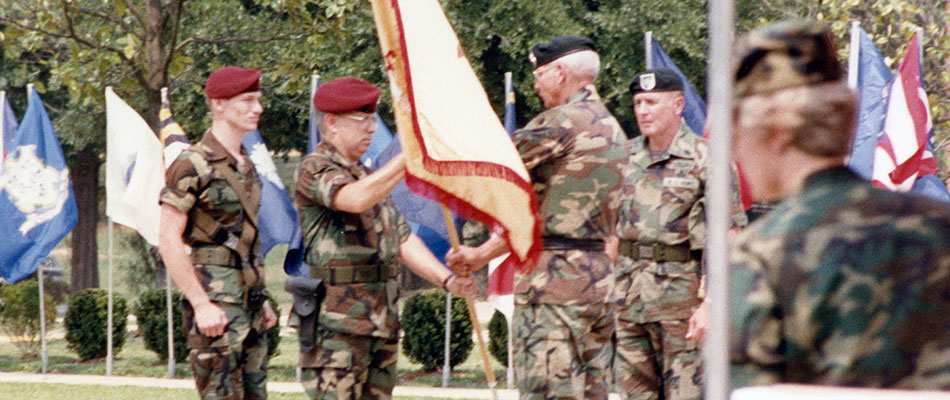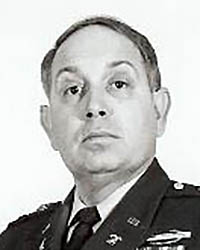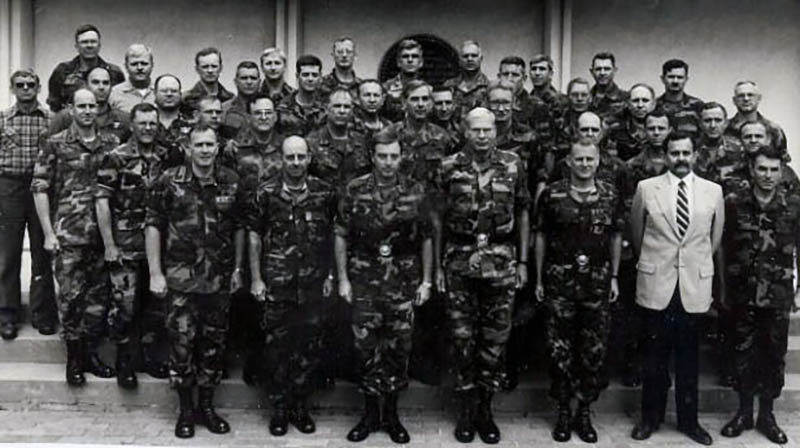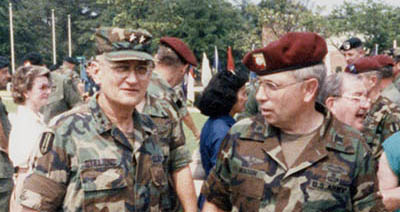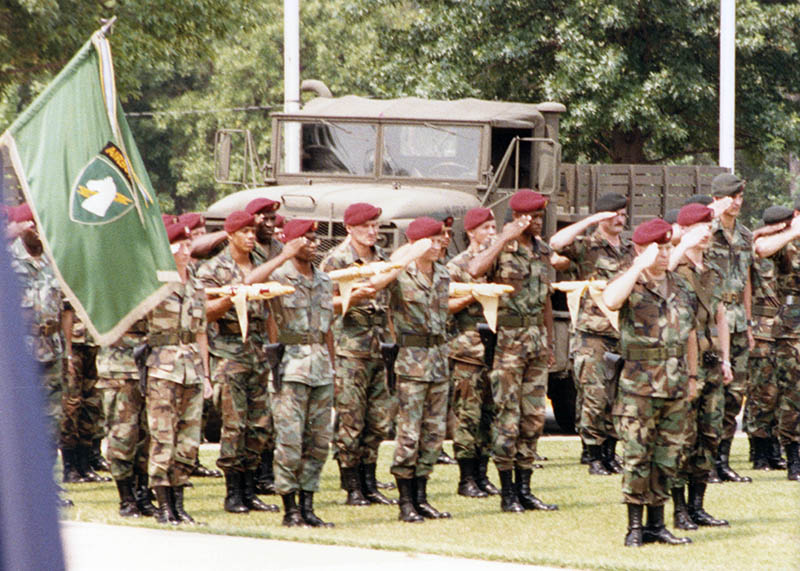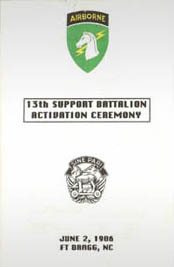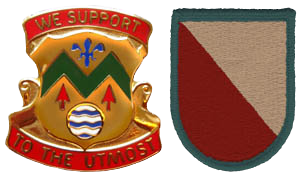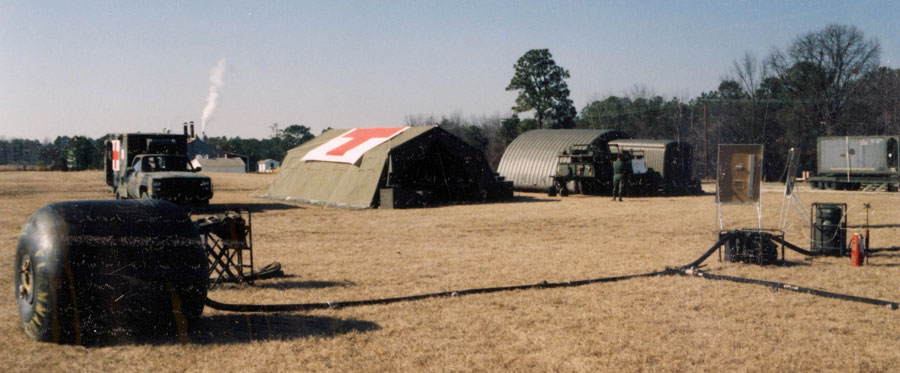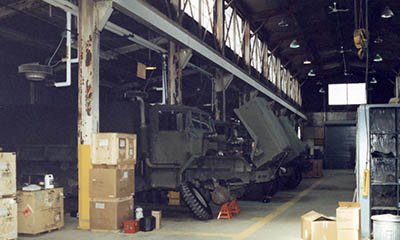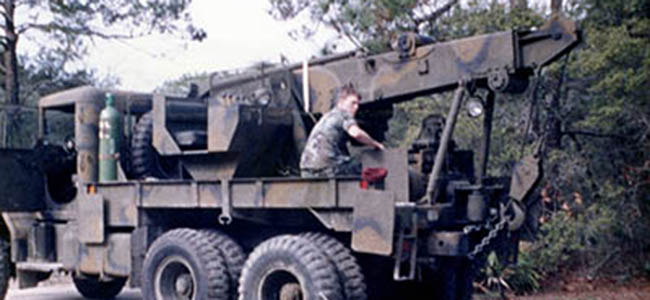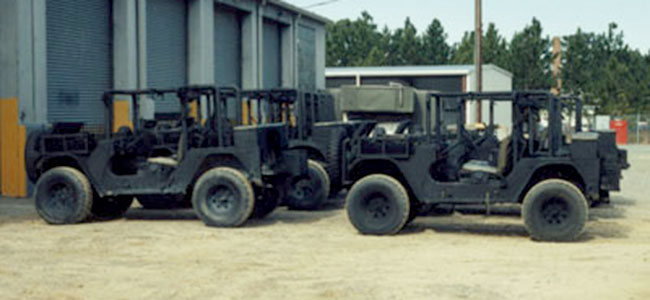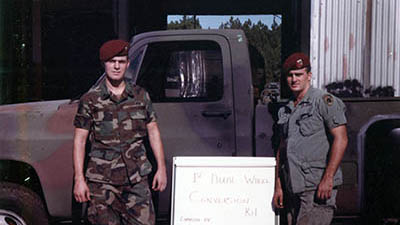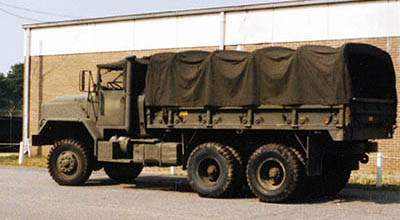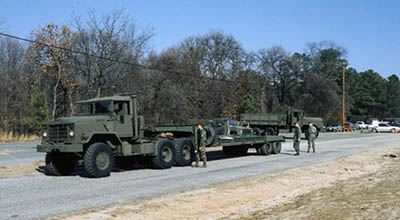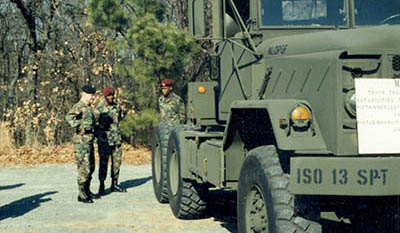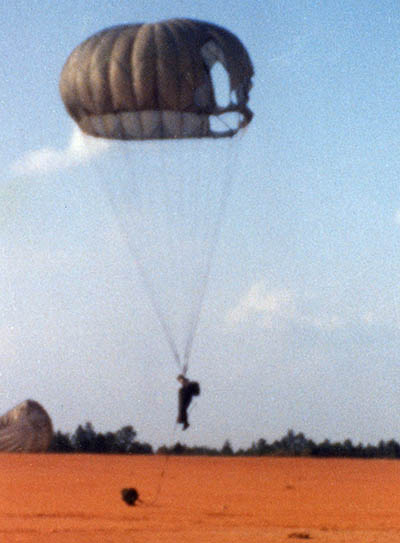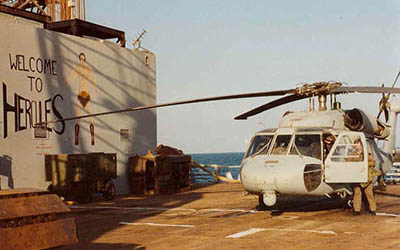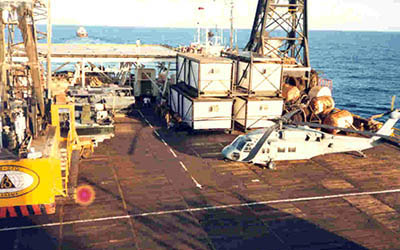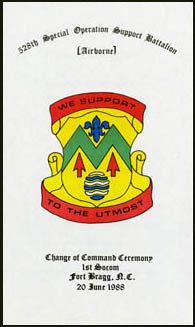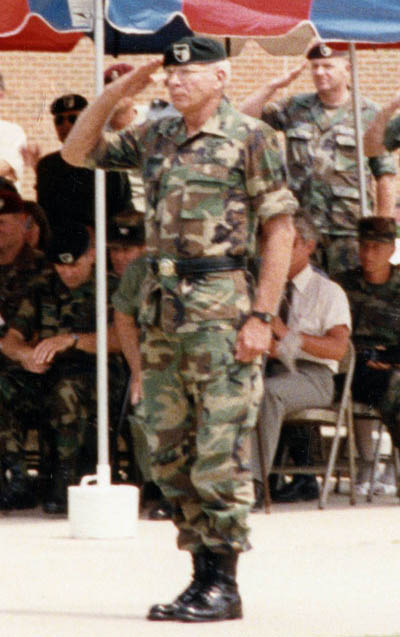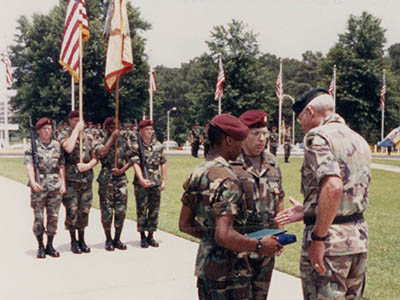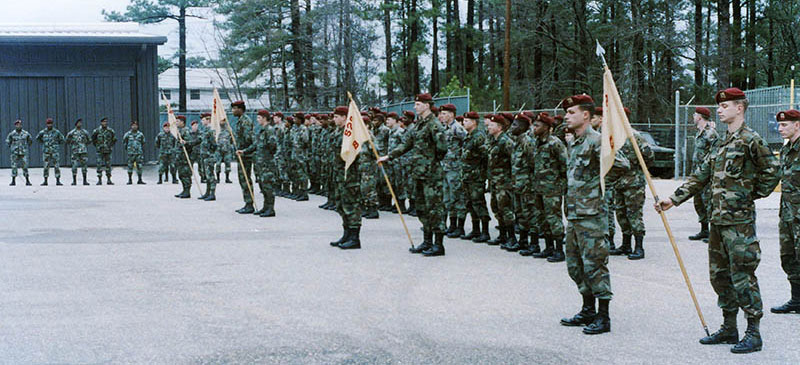ABSTRACT
In June 1986, the U.S. Army activated a Special Operations Support Battalion (SOSB) at Fort Bragg, North Carolina, to address shortfalls in Army Special Operations Forces (ARSOF) combat service support (CSS). This unique unit spent its first three years finding ways to demonstrate its value, while refining its mission to better support ARSOF. Short of war, however, it could only do so much to prove its worth. In May 1989, the Army ordered that the SOSB be inactivated, effective September 1990.
SIDEBAR
TAKEAWAYS
- From 1986 to 1989, the SOSB supported Army and Joint SOF in garrison, during a variety of ARSOF and Joint exercises, and in one overseas contingency operation.
- The SOSB mission evolved during this period in order to better meet ARSOF CSS needs.
- It raised material readiness rates across 1st SOCOM by providing timely direct support maintenance
- The size of SOSB limited its ability to support all 1st SOCOM units equally, while also supporting Joint SOF, leading some ARSOF leaders to look for other CSS solutions.
- Competing concepts for ARSOF CSS nearly ended the SOSB experiment, before it had a chance to prove its value during combat operations.
DOWNLOAD
Upon graduating Airborne training at Fort Benning, Georgia, in June 1986, Private (PVT) Stephen R. Anderson received orders to the 13th Special Forces (SF) Battalion (Special Operations) at Fort Bragg, North Carolina. To his surprise, none of his Airborne school cadre had ever heard of it, and for good reason: there was no such unit.1 To the extent there ever was a 13th SF Battalion, it existed from 17 December 1985, when U.S. Army Forces Command (FORSCOM) issued its activation orders, to 16 May 1986, when FORSCOM amended those orders, renaming it the 13th Support Battalion, Special Operations.2 That unit was activated at Fort Bragg earlier in the month, just two weeks before PVT Anderson got his orders. Undeterred, he proceeded to Fort Bragg, where he joined a brand new, one-of-a-kind unit: the Army’s first and only Special Operations Support Battalion (SOSB).

The activation of the 13th SOSB on 2 June 1986 marked the culmination of nearly two years of continuous effort by Lieutenant Colonel (LTC) Louis G. Mason, an SF-qualified Logistics Officer. His first experience with ARSOF logistics came in 1967 when, as a second lieutenant (2LT), he reported to the 5th SF Group (SFG) in the Republic of Vietnam. By the time of his August 1984 assignment as the G-4, 1st Special Operations Command (1st SOCOM), Mason had more ARSOF experience to draw from, including two tours at the U.S. Army John F. Kennedy Center for Military Assistance.3
From his vantage point as the G-4, Mason quickly assessed a dismal logistics situation in 1st SOCOM, and proposed a SOSB as a viable solution.4 He spent the next twenty-one months selling the SOSB concept and laying the foundation for the new unit. Upon activation, he assumed command of the 13th SOSB, leading it until 20 June 1988. Within a year of his departure, FORSCOM ordered the inactivation of the battalion Mason had labored so arduously to create, and then guided through its infancy. For a moment, it seemed that the SOSB would become little more than a footnote in ARSOF history, spanning three brief years.
This article tells the story of those years. It summarizes the SOSB’s origins (1984-85), before focusing on the period from its June 1986 activation to its May 1989 inactivation orders. During this span, the battalion doubled in size, fielded new equipment, integrated with supported 1st SOCOM units, and changed names. SOSB organization, equipment, and mission are described, from the battalion level down to the detachment. The article also briefly explains how the SOSB supported 1st SOCOM units in various readiness exercises, and during one contingency operation. It concludes in May 1989, when the countdown started towards a 15 September 1990 inactivation. At the time, the SOSB was actively preparing for combat in Panama. On this note, the article provides a prequel to “Proving the Concept: the 528th Support Battalion in Panama.”

